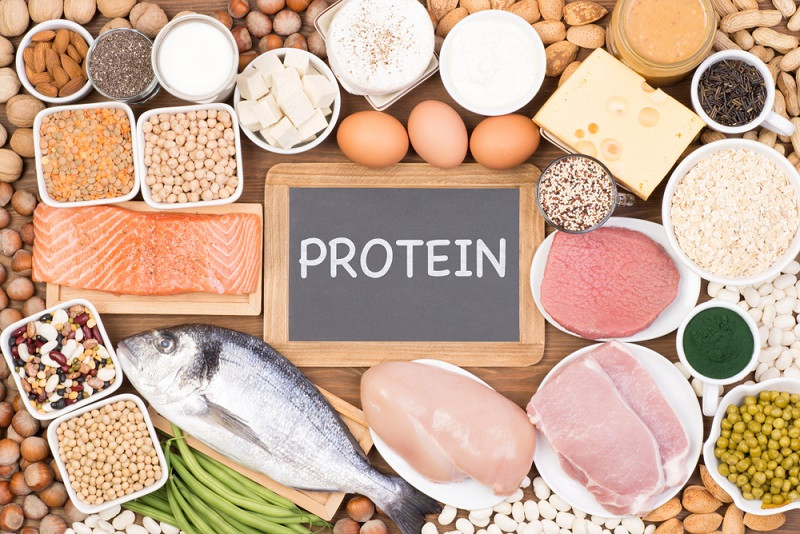Aug 16, 2022 Protein Guidelines for Emergency Response Units

The Recommended Dietary Allowance (RDA) of protein is 0.8 grams per body weight. However, the Acceptable Macronutrient Distribution Range (AMDR) of 10-35% total calories for protein more accurately reflects the wide range of recommended protein intakes, with the lowest percent approximately equal to the RDA.
A recent story from CareerCert.com outlines the different ways emergency response workers can incorporate more protein into their daily diets to boost on-the-job performance.
Below is an excerpt from the CareerCert.com story.
Protein for Health Maintenance
Cardiovascular disease is the leading cause of death among firefighters, accounting for nearly half of all deaths while on duty. For those at risk of cardiovascular disease, diets containing 25% of total calories from protein (roughly 1 g protein per pound bodyweight for average caloric intakes) appear to improve markers of cardiovascular health better than diets providing only 15%. High protein alone will likely do little to improve your cardiovascular health but may enhance an already cardio-protective diet. Plant sources of protein (nuts, seeds, legumes, and soy products) may be especially important to supporting cardiovascular health.
According to the current scientific literature, there appear to be no negative health effects from protein intakes at the upper extreme of the AMDR among healthy adults. While it was once thought that high protein was detrimental to bone health, the current body of scientific literature suggests that higher protein intake is associated with stronger bones throughout all life stages. Similarly, correlations between protein intake and cancer appear to be limited only to red meat and processed meats, not protein in general.
Protein for Weight Management
Maintaining a healthy weight is critical for the effective performance of key firefighter and first responder duties. Studies of firefighters have found that those consuming more than the RDA of protein have a lower body fat percentage and higher lean mass than those who consume less than the RDA of protein. Intakes greater than 1 g per kg (0.45 g/lb) were even more beneficial. This is consistent with results seen in the general US population, where intakes of 1-1.5 g per kg (0.45-0.70 g/lb) were associated with lower BMI and waist circumference. Even greater protein intakes may be required to support weight loss.
» ALSO SEE: Preparing for the Police Academy Physical Fitness Test
For successful weight loss, a caloric deficit is more important than the ratio of protein, fat, and carbohydrate. There is promising evidence, however, that a high-protein intake can help reduce hunger, boost metabolism, and preserve muscle mass during caloric restriction. Randomized, controlled trials have found that higher-protein diets are generally more effective than calorically matched, lower-protein diets. While there are numerous definitions of high-protein diets, obtaining 20-25% of total calories from protein may be a reasonable goal. Protein consisting of 20-25% of total calories is also consistent with recommendations from the International Society of Sports Nutrition for athletes attempting to lose weight.
Protein for Fitness
Emergency response can be physically demanding and requires a high level of fitness. Not only is sufficient protein important to support physical fitness, but the type of protein and timing of intake also contribute. Optimal protein intake may increase strength up to 10% beyond resistance training alone and may be especially important among more advanced lifters to see improvements.
To read the full article from CareerCert.com about protein intakes for emergency response providers, click here.


